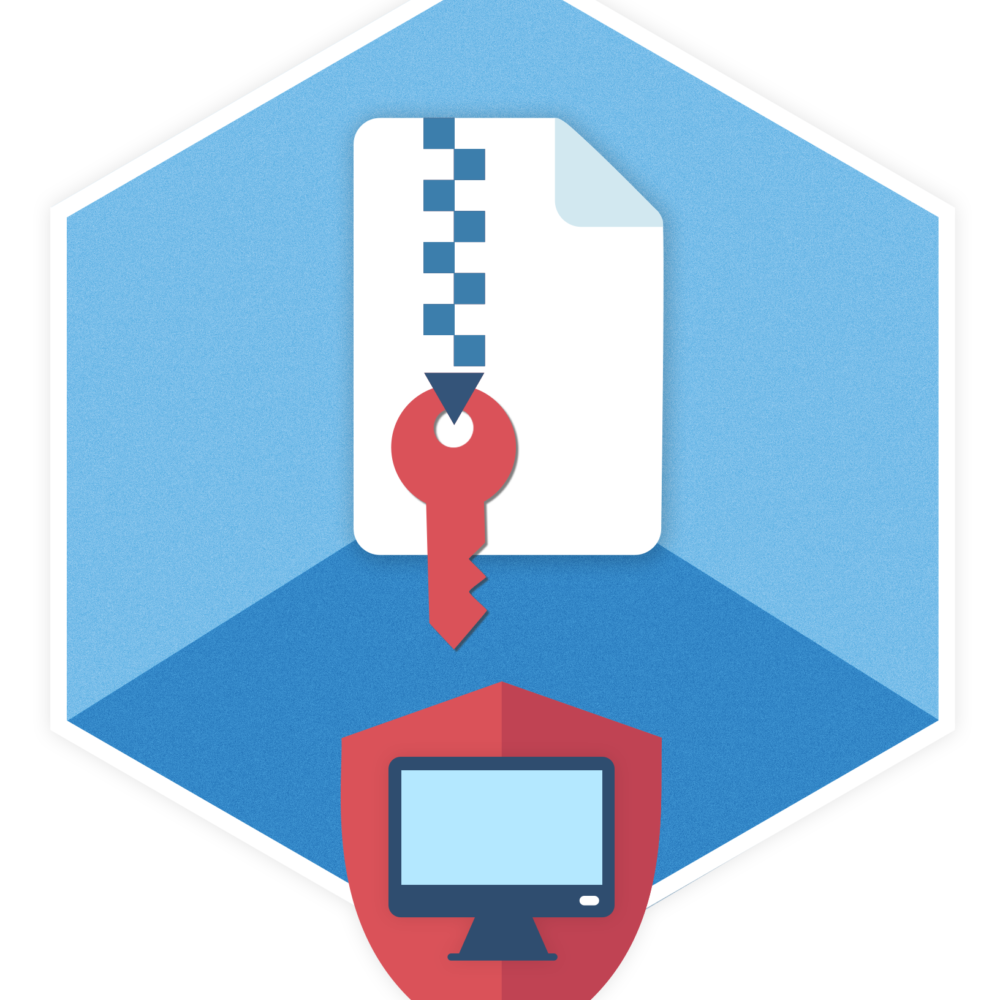
How to Investigate a Website for Fraudulent Activity
The internet has made it easier for people to shop, bank, and communicate with each other. However, it has also made it easier for scammers to trick unsuspecting victims. One of the ways scammers operate is by creating fraudulent websites that look legitimate but are designed to steal personal information and money from their victims. In this article, we will provide you with steps on how to investigate a website for fraudulent activity.
Step 1: Check for Contact Information
The first step in investigating a website is to check if they provide contact information, such as an address or phone number. If they do, try contacting them to see if they are responsive. If they do not provide contact information or if they do not respond, it could be a sign of fraudulent activity. A legitimate business will have a physical address and phone number where customers can reach them.
Step 2: Check the Domain Registration Information
The next step is to check the domain registration information of the website. You can use a WHOIS lookup tool to find out who owns the domain and when it was registered. If the registration information is private or if the domain was recently registered, it could be a red flag. Scammers often use private registration to hide their identity, and they may register a domain name just for a short period to avoid getting caught.
Step 3: Look for SSL Certification
The SSL certification on a website indicates that the website is secure and encrypts any data you submit to the website. If the website does not have an SSL certification, it could be a sign of fraudulent activity. A legitimate business will have an SSL certification to protect its customers’ personal information.
Step 4: Search for Online Reviews
Searching for online reviews of the website can help you determine if other people have had negative experiences with the company. Be wary of reviews that seem overly positive or too negative, as they could be fake. Look for reviews on third-party websites such as Google, Yelp, and Trustpilot, as these are less likely to be manipulated by the website owner.
Step 5: Look for Other Online Mentions
Searching for the company’s name on social media, forums, and other websites can help you determine if other people have mentioned it. This could give you a better idea of the company’s reputation. Look for any red flags, such as complaints about poor customer service or scamming activities.
Step 6: Report the Website
If you believe that the website is fraudulent, you can report it to the relevant authorities, such as the Federal Trade Commission (FTC) or the Internet Crime Complaint Center (IC3). Reporting the website can help prevent others from falling victim to the scam.
In conclusion, it’s important to be cautious when dealing with unfamiliar websites or companies, especially if they ask for personal information or payment upfront. By following these steps, you can help protect yourself and others from falling victim to fraudulent websites. Always remember that prevention is better than cure, and it’s better to be safe than sorry.
LINKS FOR REPORTING AND INVESTIGATION OF ONLINE SCAMS
- Federal Trade Commission (FTC) – Provides information on consumer protection and how to file a complaint: https://www.ftc.gov/
- Internet Crime Complaint Center (IC3) – Accepts online complaints of internet-related criminal activity: https://www.ic3.gov/
- WHOIS Lookup – Provides information on domain registration: https://www.whois.com/whois/
- SSL Shopper – Allows you to check if a website has an SSL certification: https://www.sslshopper.com/ssl-checker.html
- Google Safe Browsing – Checks if a website is safe to browse: https://transparencyreport.google.com/safe-browsing/search
- Trustpilot – A platform for customer reviews and ratings: https://www.trustpilot.com/
- Better Business Bureau (BBB) – Provides ratings and reviews of businesses: https://www.bbb.org/
- Scamadviser – Provides a risk analysis of websites based on various factors: https://www.scamadviser.com/
- Anti-Phishing Working Group (APWG) – Provides information on phishing attacks and how to protect against them: https://www.apwg.org/
- Consumer Financial Protection Bureau (CFPB) – Provides information on financial fraud and how to protect yourself: https://www.consumerfinance.gov/
These resources and tools can be helpful in protecting against fraud or investigating fraudulent activity. However, it’s important to note that they should not be relied upon solely and that common sense and caution are always the best defense against fraud.



